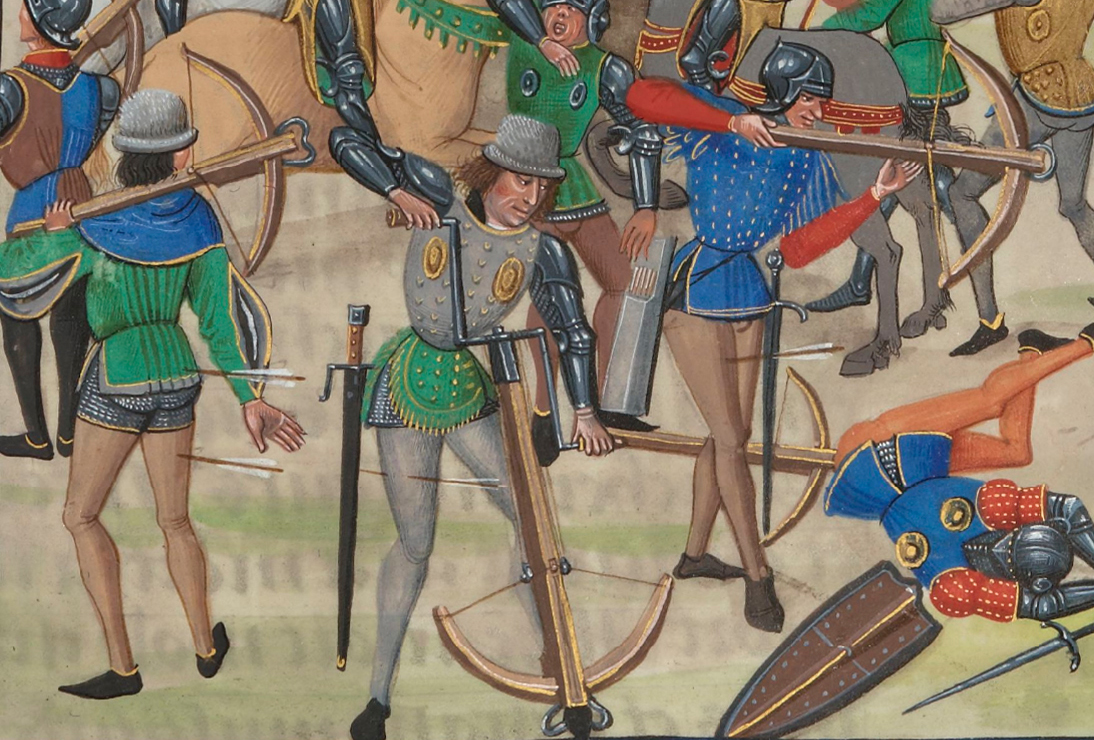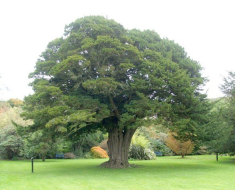Few weapons evoke as much fascination as the crossbow. Sleek, compact, and terrifyingly efficient, it carved its mark on medieval battlefields and hunting grounds alike.
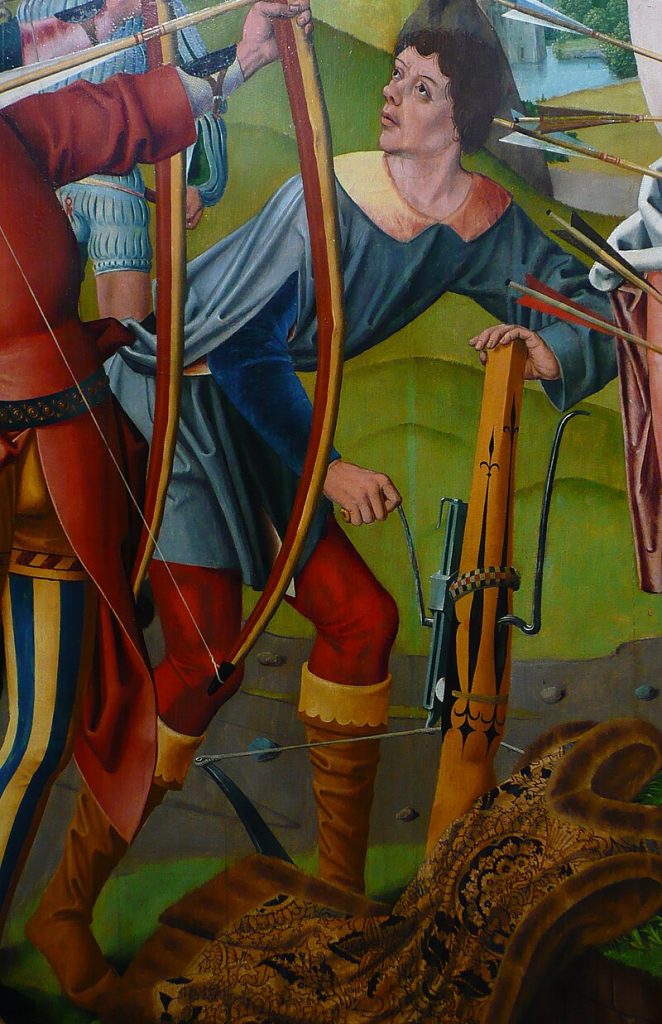
Though often overshadowed by the longbow in popular imagination, the crossbow’s influence on warfare, society, and even politics cannot be overstated. Its story is one of innovation, intimidation, and, ultimately, transformation.
THE BEGINNING
The origins of the crossbow trace back to ancient China, where as early as the 5th century BCE, soldiers used it as a formidable force multiplier.
However, it was Europe in the 11th and 12th centuries that truly embraced the weapon in a military context. Unlike the traditional bow, which required years of training and considerable strength, the crossbow could be mastered in weeks.
This accessibility made it a weapon of choice for peasants and city militias, fundamentally altering the dynamics of medieval warfare.
Structurally, the crossbow is deceptively simple. It consists of a horizontal bow, known as the prod, mounted on a stock. A trigger mechanism holds the drawn string, allowing the shooter to aim with a steadiness unattainable with hand-drawn bows.
The bolt, or quarrel as it is often called, is shorter than a conventional arrow but packed with devastating power. Some of the larger crossbows, known as arbalests, could pierce the heaviest of armour, rendering the traditional knightly defences almost obsolete.
WORKING’S
The physics behind this were straightforward yet lethal: the crossbow stored immense energy in its bent prod, which, when released, transferred kinetic force into a small, sharp projectile. A single shot could penetrate chainmail at moderate range and crush plate armour at close quarters.

The tactical implications were profound. A disciplined crossbow unit could decimate cavalry charges before the knights even reached melee range.
Historical records from the Battle of Hastings in 1066 suggest that Norman forces employed crossbows to great effect, softening enemy lines before engagement. Later, during the Hundred Years’ War, English and French armies alike relied on crossbowmen to tip the scales, often creating stalemates that demanded new strategies and formations.
Castles and fortified towns were particularly vulnerable; crossbow bolts could strike from behind battlements with deadly precision, making sieges more perilous for defenders.
DRAWBACKS’
Yet, despite its advantages, the crossbow had limitations. Its rate of fire was slow; even a skilled arbalester might manage only two to three shots per minute, compared to a longbowman’s six to ten.
This drawback was mitigated in part by employing teams of crossbowmen, rotating them in volleys to maintain continuous pressure on the enemy.
Moreover, the mechanical strain of the crossbow required robust construction, often limiting the size and portability of the largest variants. Still, the trade-off between speed and power frequently favoured the crossbow, particularly in defensive scenarios or ambushes.
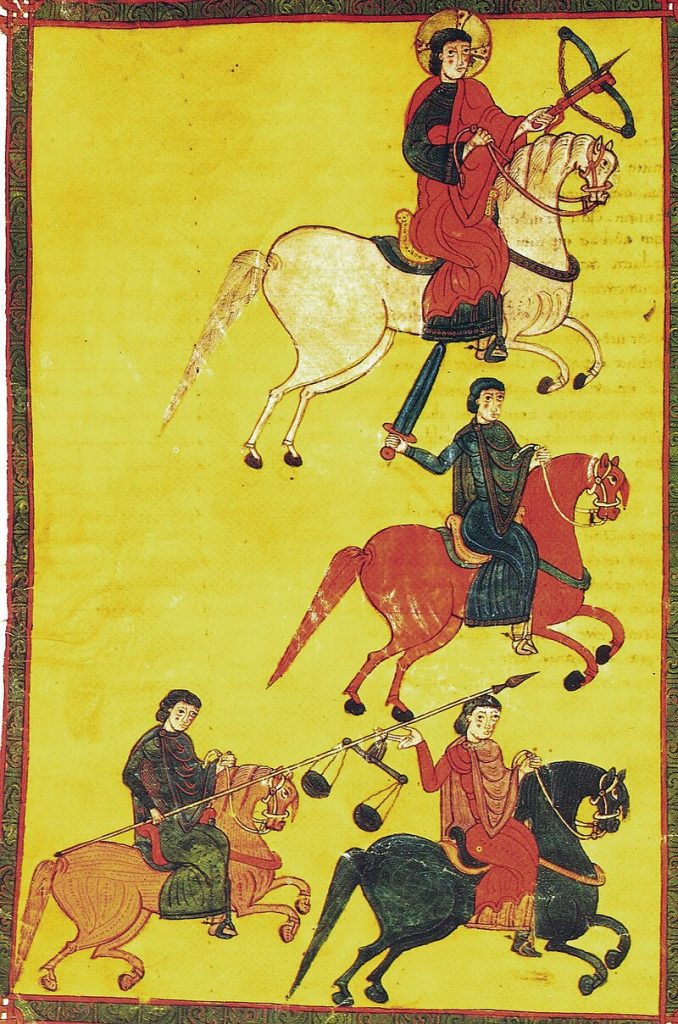
Beyond the battlefield, the crossbow held a unique place in society. Its simplicity and accessibility made it a weapon not only for soldiers but for hunters and urban defenders. Peasants could use crossbows to hunt game efficiently, supplementing their diet and income.
Townsfolk employed them in militias, giving communities a tangible sense of security. This widespread use, however, brought controversy.
IMPROVEMENT
The Church often frowned upon the crossbow, labelling it “inhumane” because it allowed relatively untrained individuals to kill armoured knights. Some councils even attempted to ban its use against Christians, though such decrees were largely ignored when military necessity prevailed.
The evolution of the crossbow over centuries is a testament to human ingenuity. Early wooden models gave way to steel-prodded arbalests capable of greater draw weight and range. Mechanical aids, such as the windlass and goat’s foot lever, allowed shooters to draw heavier bows with less effort, increasing both power and accuracy.
By the late medieval period, crossbows had reached their zenith, combining engineering sophistication with battlefield practicality. They could strike targets at several hundred yards, sometimes before an enemy could even see the shooter.
By the Renaissance, however, the rise of gunpowder weapons began to eclipse the crossbow. Matchlock and wheellock firearms offered greater penetration and range, and, despite their initial unreliability, they required even less training than a crossbow.
Yet the crossbow never vanished entirely. Its quietness, accuracy, and ease of use ensured it remained a hunting weapon for centuries and, in some regions, a symbol of civic pride, particularly in Switzerland and northern Italy, where crossbow guilds flourished.
LEGACY
Today, the crossbow enjoys a niche but vibrant revival. Modern sport and hunting crossbows, crafted from advanced composites and equipped with precision sights, are descendants of these medieval marvels.
Enthusiasts appreciate not only their mechanical elegance but also their connection to a bygone era of knights, sieges, and disciplined warriors.
For historians, the crossbow provides a lens through which to view shifts in military technology, societal structure, and even cultural perceptions of warfare.
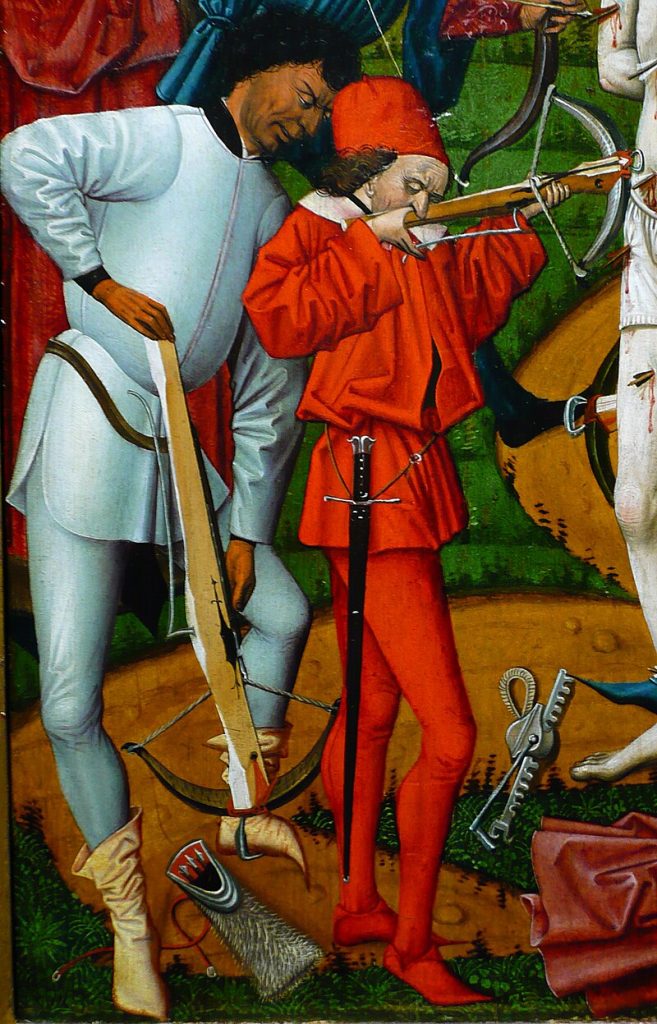
The legacy of the crossbow is striking. It reshaped battlefields, empowered common soldiers, challenged traditional hierarchies, and left an indelible mark on European history.
Its allure lies not merely in its lethality but in its ingenuity—a quiet predator that demanded respect and, in many ways, forced society to rethink the art of war.
In the end, the crossbow stands as a reminder that innovation often comes from simplicity. A few pieces of wood, steel, and string created a weapon that could humble knights, defend towns, and transform military strategy.
Its story, stretching from ancient China to modern shooting ranges, is a testament to human curiosity, craftsmanship, and the enduring fascination with tools that balance elegance and power.
